Best Dusty Miller Companion Plants
Title: Best Dusty Miller Companion Plants
Introduction:
Dusty miller is a beautiful and versatile plant that can add a touch of elegance to any garden. It is also a relatively low-maintenance plant, making it a great choice for busy gardeners.
One of the best things about dusty miller is that it can be paired with a wide variety of other plants. This makes it a great choice for creating a colorful and interesting garden.
In this blog post, we will discuss some of the best companion plants for dusty miller. We will also provide some tips on how to plant and care for these plants together.
Main Content:
Here are some of the best companion plants for dusty miller:
- Petunias: Petunias are a classic companion plant for dusty miller. They come in a wide variety of colors, so you can choose the perfect ones to complement the dusty miller's silver foliage. Petunias also attract pollinators, which is a bonus for any gardener.
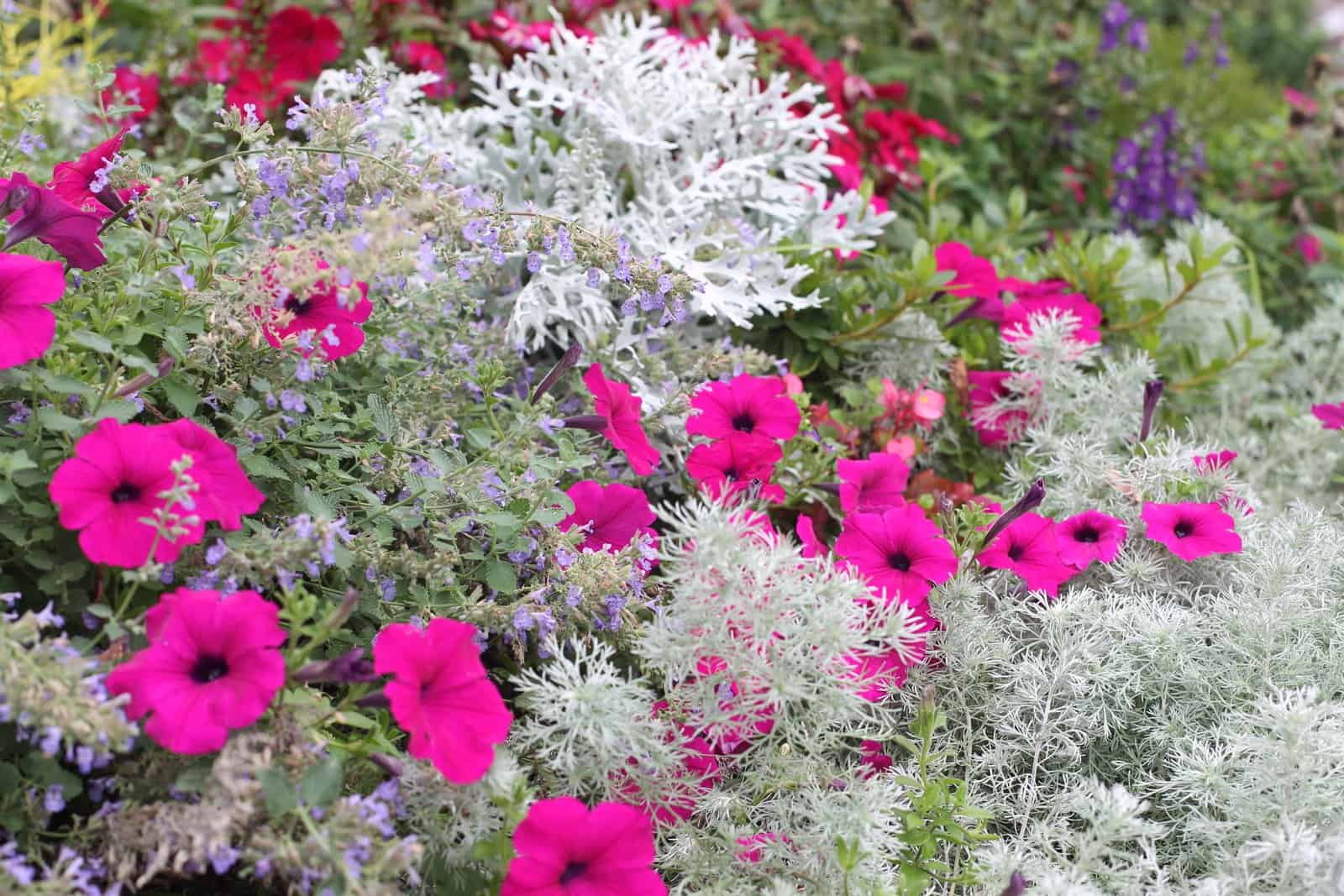
- Zinnia: Zinnias are another great choice for companion plants for dusty miller. They come in a variety of colors, including yellow, orange, red, and purple. Zinnias also attract pollinators, and they are relatively easy to care for.
- Creeping phlox: Creeping phlox is a low-growing groundcover plant that makes a great companion for dusty miller. It has purple or pink flowers that bloom in the summer. Creeping phlox helps to suppress weeds and keep the soil moist, which is beneficial for dusty miller.
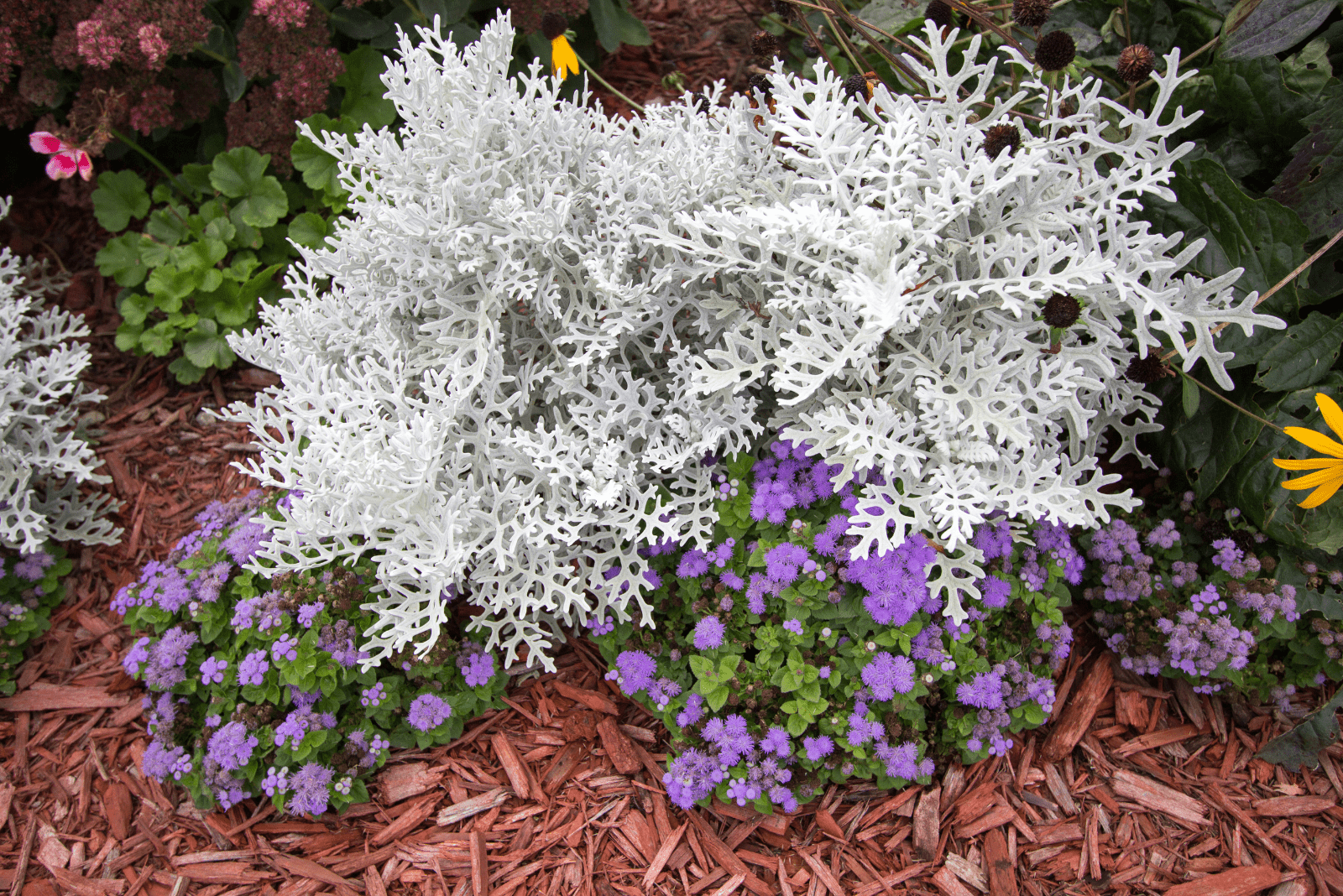
- Coral bells: Coral bells are a type of perennial that has colorful foliage and flowers. They come in a variety of colors, including red, pink, white, and green. Coral bells are relatively easy to care for and they attract pollinators.

- Penstemon: Penstemon is a type of perennial that has showy flowers in a variety of colors, including red, pink, purple, and white. Penstemon is relatively easy to care for and it attracts pollinators.
- Cleome: Cleome is a type of annual that has tall, airy flowers in a variety of colors, including pink, purple, white, and yellow. Cleome is relatively easy to care for and it attracts pollinators.
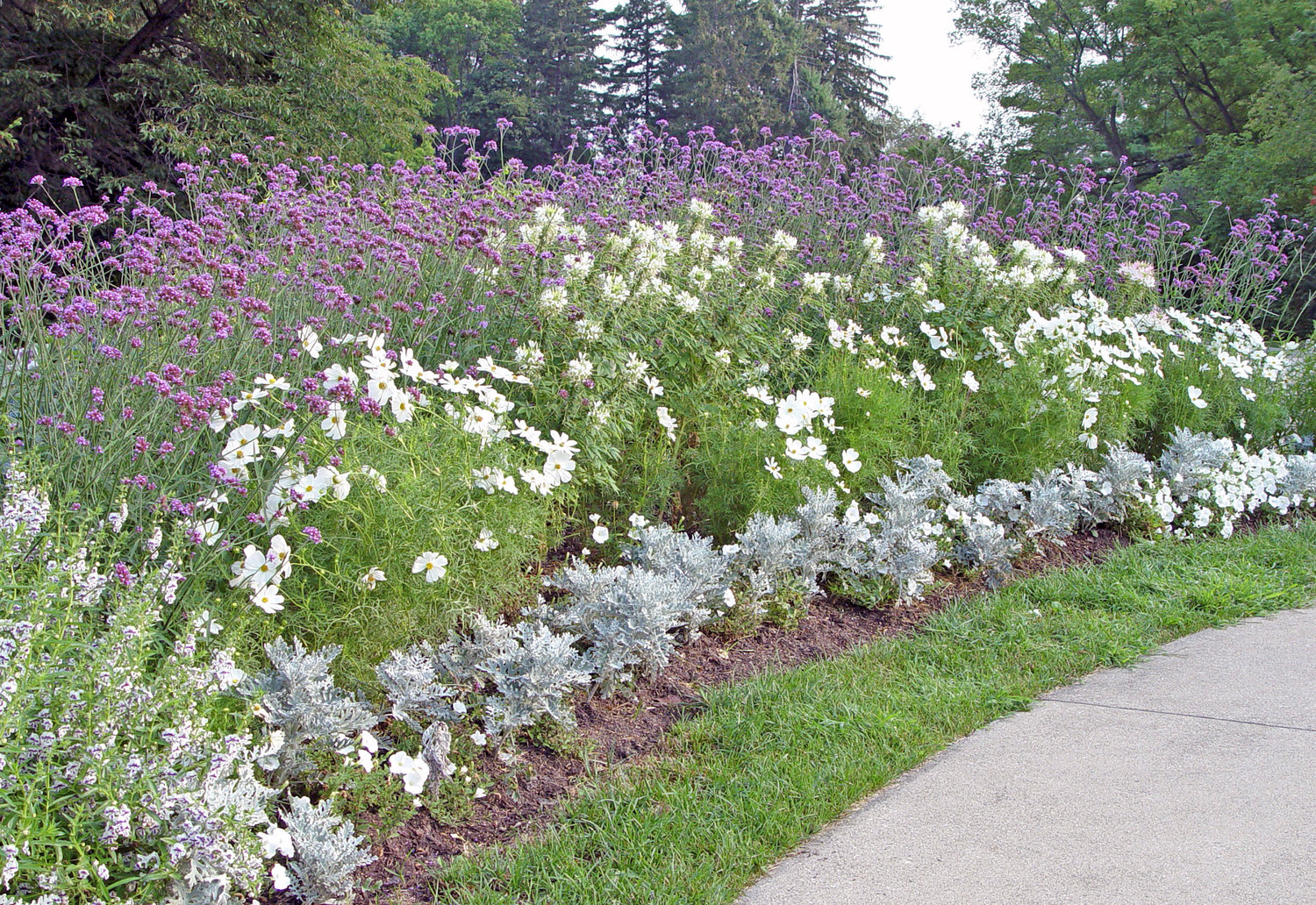
- Portulaca: Portulaca is a type of annual that has succulent leaves and bright flowers in a variety of colors, including orange, yellow, pink, and red. Portulaca is relatively easy to care for and it can tolerate hot, dry conditions.
In addition to these plants, there are many other that can be paired with dusty miller. When choosing companion plants, it is important to consider the following factors:
- Plant height: Dusty miller can grow to be quite tall, so it is important to choose companion plants that will not be overwhelmed by it.
- Plant color: Dusty miller has silver foliage, so it is a good idea to choose companion plants that have bright or contrasting colors.
- Plant needs: Dusty miller is a relatively low-maintenance plant, so it is important to choose companion plants that have similar needs.
Conclusion:
Dusty miller is a versatile and beautiful plant that can be paired with a wide variety of other plants. By following the tips in this blog post, you can create a colorful and interesting garden that is sure to attract attention.
Dusty miller is a beautiful and versatile plant that can be used in a variety of garden settings. It is also a great companion plant for many other flowers, shrubs, and vegetables.
Some of the best dusty miller companion plants include:
- Petunias
- Begonias
- Marigolds
- Angelonia
- Creeping phlox
- Basil
- Bugleweed
- Lithodora
- Veronica spicata
- Hosta
- Nasturtiums
- Candytuft
- Zinnias
- Million bells
- Salvias
To learn more about dusty miller companion plants, visit Home Gardening.
FAQ of dusty miller companion plants
What are some good companion plants for dusty miller?
Dusty miller is a versatile plant that can be paired with a variety of other plants. Some good companion plants for dusty miller include:
- Petunias: Petunias are a popular choice for companion plants with dusty miller because they have contrasting colors and textures. The bright colors of the petunias will help to make the dusty miller's silvery foliage stand out.

- Begonias: Begonias are another good choice for companion plants with dusty miller. They have similar growing requirements and can help to fill in any gaps in your garden.
- Ornamental grasses: Ornamental grasses add a touch of height and texture to any garden. They can be planted in front of or behind dusty miller to create a layered effect.
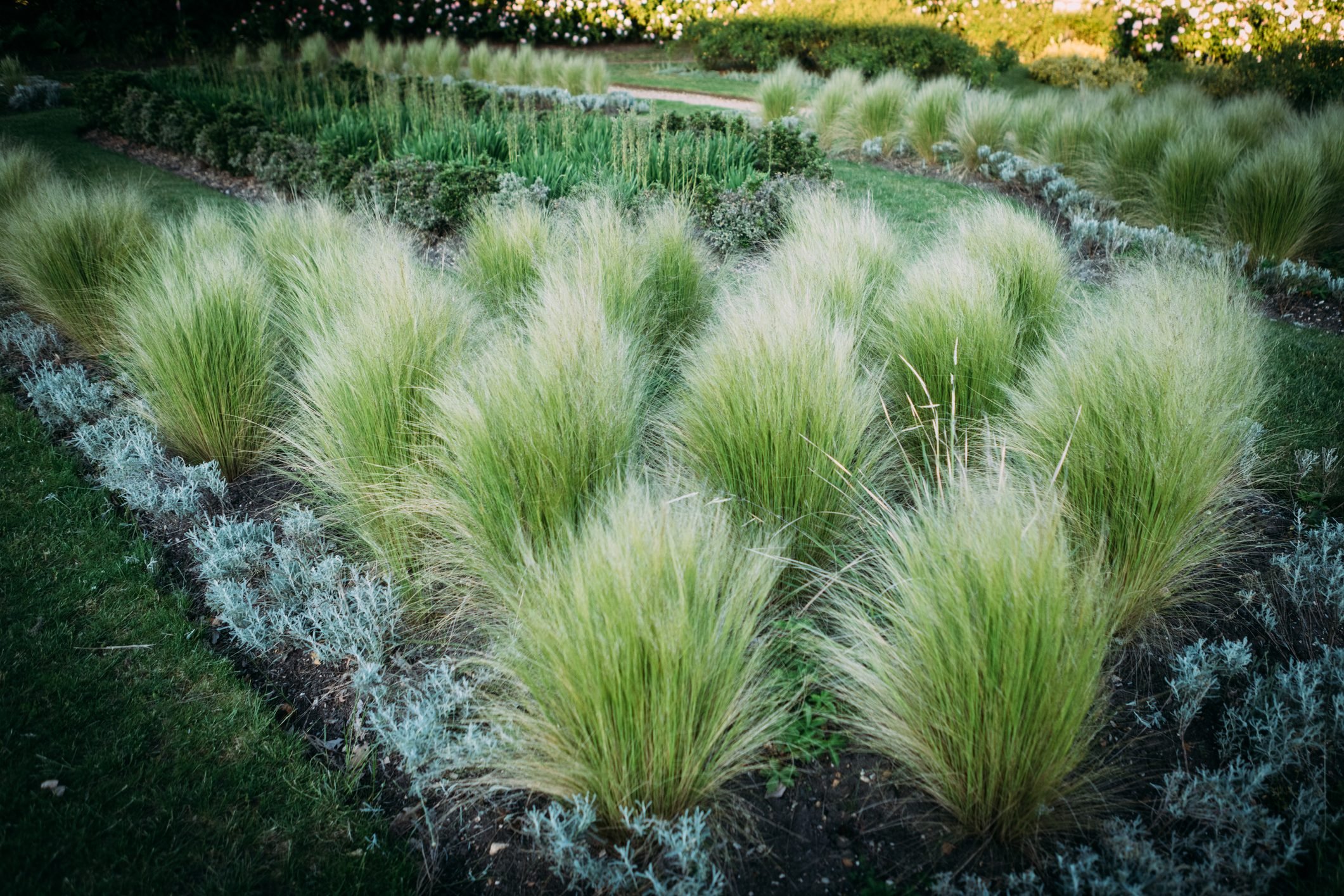
- Salvias: Salvias are a great choice for companion plants with dusty miller because they have similar flower colors. They can also help to attract pollinators to your garden.
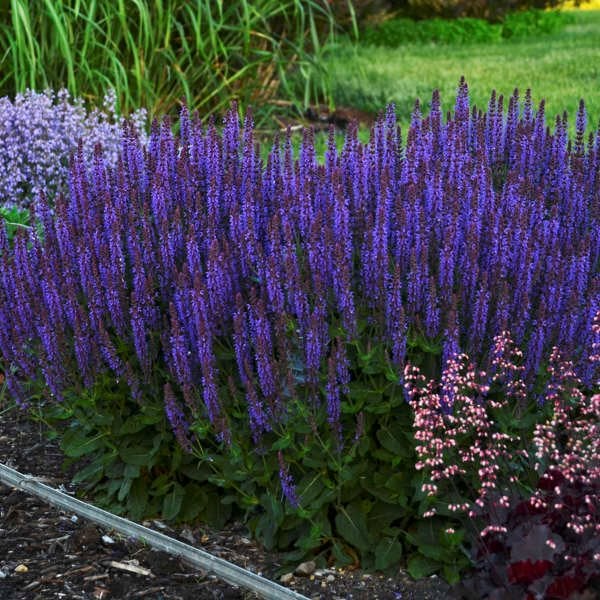
- Zinnias: Zinnias are a colorful choice for companion plants with dusty miller. They can help to add a pop of color to your garden and will bloom all summer long.
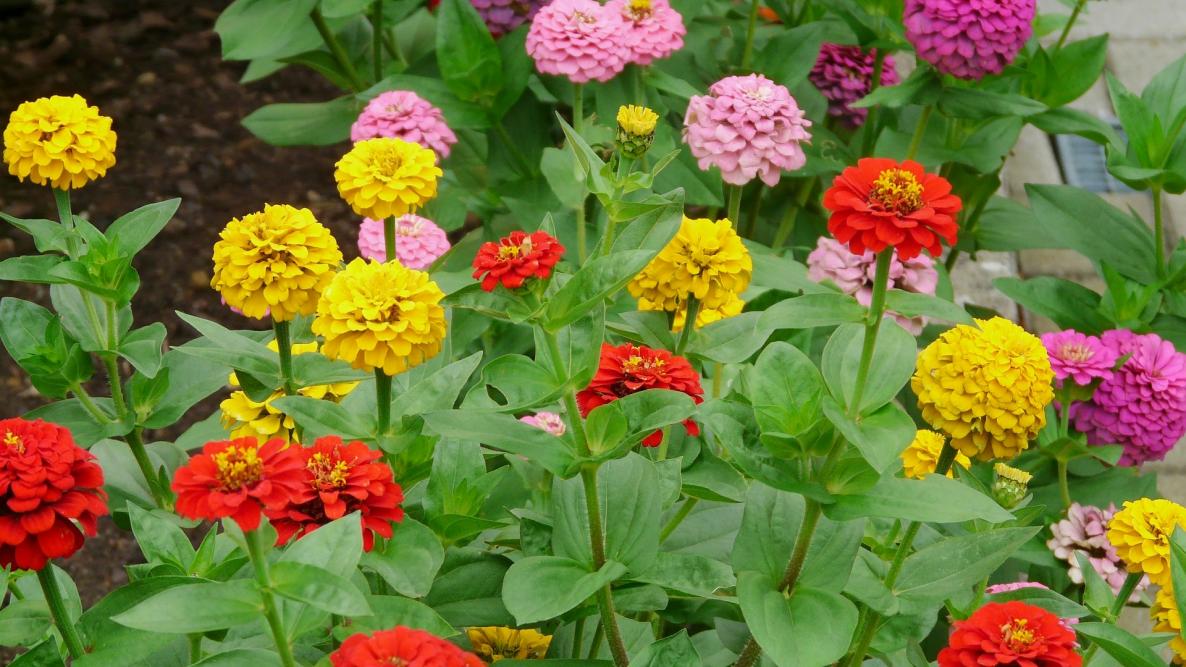
What are the benefits of planting dusty miller with other plants?
There are several benefits to planting dusty miller with other plants. These include:
- Improved appearance: Dusty miller's silvery foliage can help to brighten up any garden. When planted with other plants, it can help to create a more balanced and visually appealing landscape.
- Attracting pollinators: Dusty miller is a magnet for pollinators, such as bees and butterflies. Planting it with other flowers that attract pollinators can help to increase the biodiversity in your garden.
- Disease and pest resistance: Dusty miller is a relatively pest- and disease-resistant plant. Planting it with other plants that have similar resistance can help to create a more pest- and disease-free garden.
- Complementary textures: Dusty miller's silvery foliage has a unique texture that can complement the textures of other plants. For example, it can be paired with plants that have smooth, glossy leaves or with plants that have feathery or spiky leaves.
How do I choose the right companion plants for dusty miller?
When choosing companion plants for dusty miller, there are a few factors to consider, such as:
- Plant height: Dusty miller is a relatively low-growing plant, so it's important to choose companion plants that will not overshadow it.
- Plant spacing: Dusty miller needs plenty of space to spread out, so make sure to plant it with other plants that have similar spacing requirements.
- Plant color: Dusty miller's silvery foliage can be paired with a variety of other colors. For example, it can be paired with bright colors to create a contrast or with muted colors to create a more harmonious look.
- Plant texture: Dusty miller's unique texture can be complemented by plants that have different textures. For example, it can be paired with plants that have smooth, glossy leaves or with plants that have feathery or spiky leaves.
What are some tips for planting dusty miller with other plants?
Here are a few tips for planting dusty miller with other plants:
- Plant dusty miller in full sun. It needs at least 6 hours of sunlight per day to thrive.
- Plant dusty miller in well-drained soil. It does not tolerate wet soil.
- Water dusty miller regularly. It needs to be kept moist, but not soggy.
- Fertilize dusty miller monthly during the growing season. Use a balanced fertilizer, such as 10-10-10.
- Deadhead dusty miller regularly. This will encourage it to bloom more.
- Protect dusty miller from pests and diseases. Dusty miller is relatively pest- and disease-resistant, but it can be susceptible to powdery mildew. If you see any signs of pests or diseases, treat them immediately.
Image of dusty miller companion plants
- Lavender: Lavender is a classic companion plant for dusty miller, as the two plants complement each other's colors and textures. Lavender is also a fragrant plant, which can help to deter pests from dusty miller.
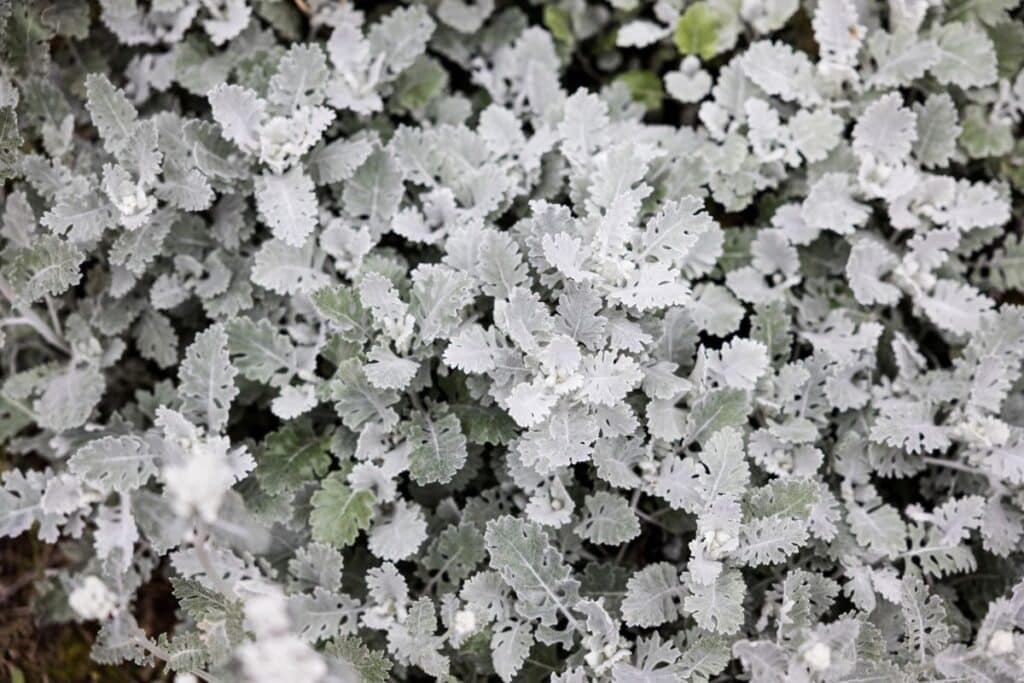
- Zinnias: Zinnias are another great companion plant for dusty miller, as they both thrive in full sun and well-drained soil. Zinnias come in a variety of colors, so you can choose ones that will complement the colors of your dusty miller plants.
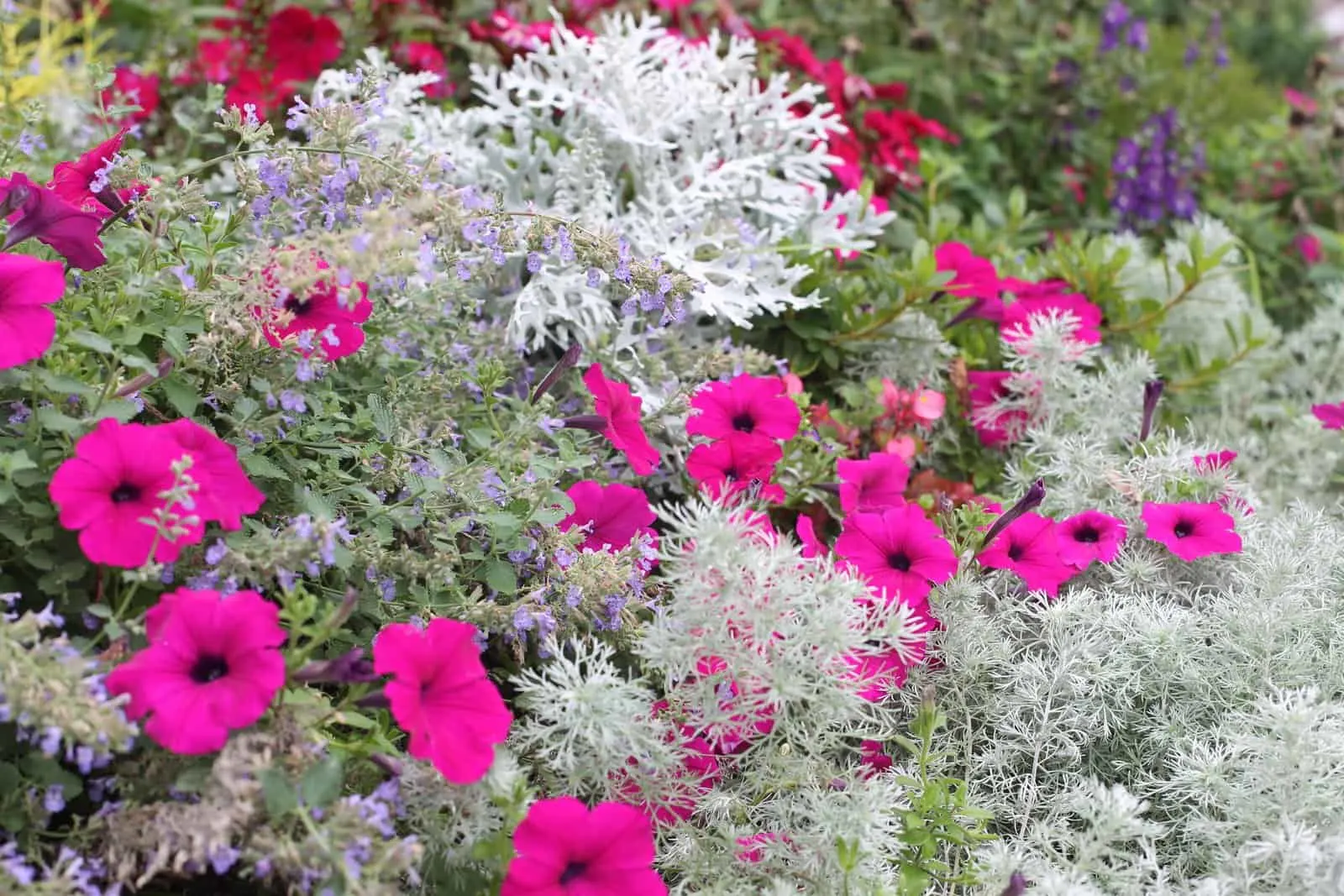
- Marigolds: Marigolds are a popular companion plant for many different types of plants, and dusty miller is no exception. Marigolds help to repel pests from dusty miller, and they also add a splash of color to any garden.

- Salvia: Salvia is a beautiful and drought-tolerant plant that makes a great companion for dusty miller. Salvia comes in a variety of colors, so you can choose ones that will complement the colors of your dusty miller plants.
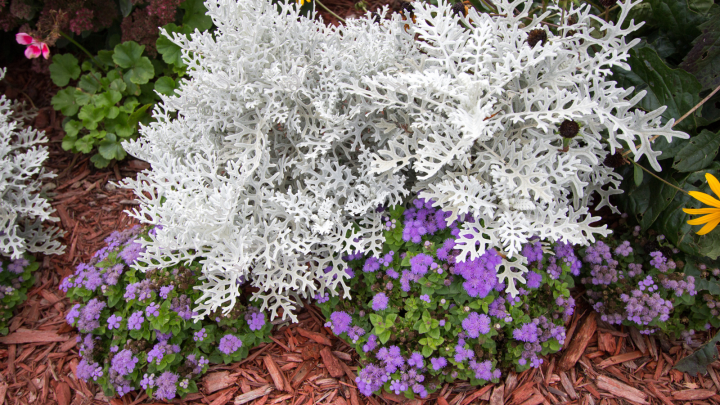
- Cosmos: Cosmos is a cheerful and easy-to-grow plant that makes a great companion for dusty miller. Cosmos come in a variety of colors, so you can choose ones that will complement the colors of your dusty miller plants.
- Petunias: Petunias are a popular annual plant that comes in a wide variety of colors. They are easy to grow and make a great companion for dusty miller.

- Alyssum: Alyssum is a low-growing plant that is covered in small, white flowers. It is a great companion for dusty miller because it helps to suppress weeds and attract pollinators.

- Coneflowers: Coneflowers are a tall, daisy-like flower that is native to North America. They are a great companion for dusty miller because they attract pollinators and help to deter pests.
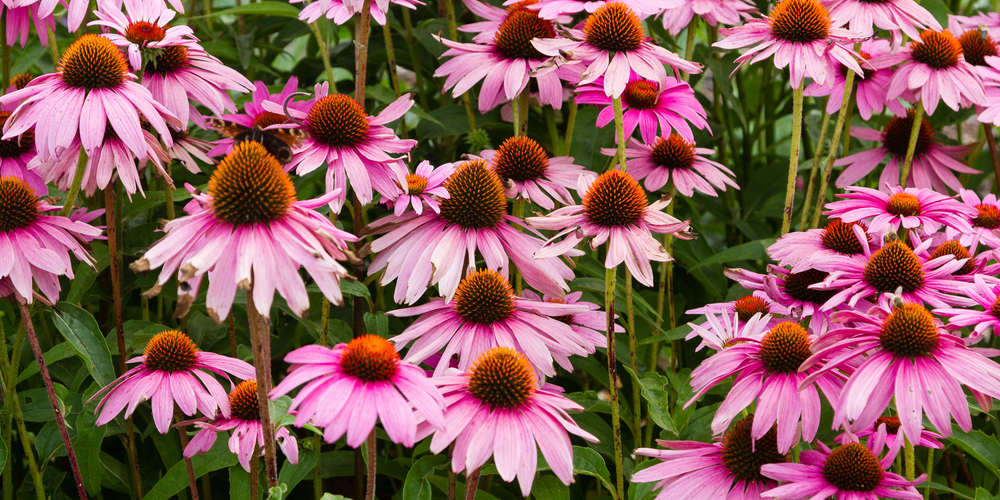
- Sunflowers: Sunflowers are a tall, sun-loving plant that makes a great statement in any garden. They are a great companion for dusty miller because they help to attract pollinators and provide shade for the dusty miller plants.
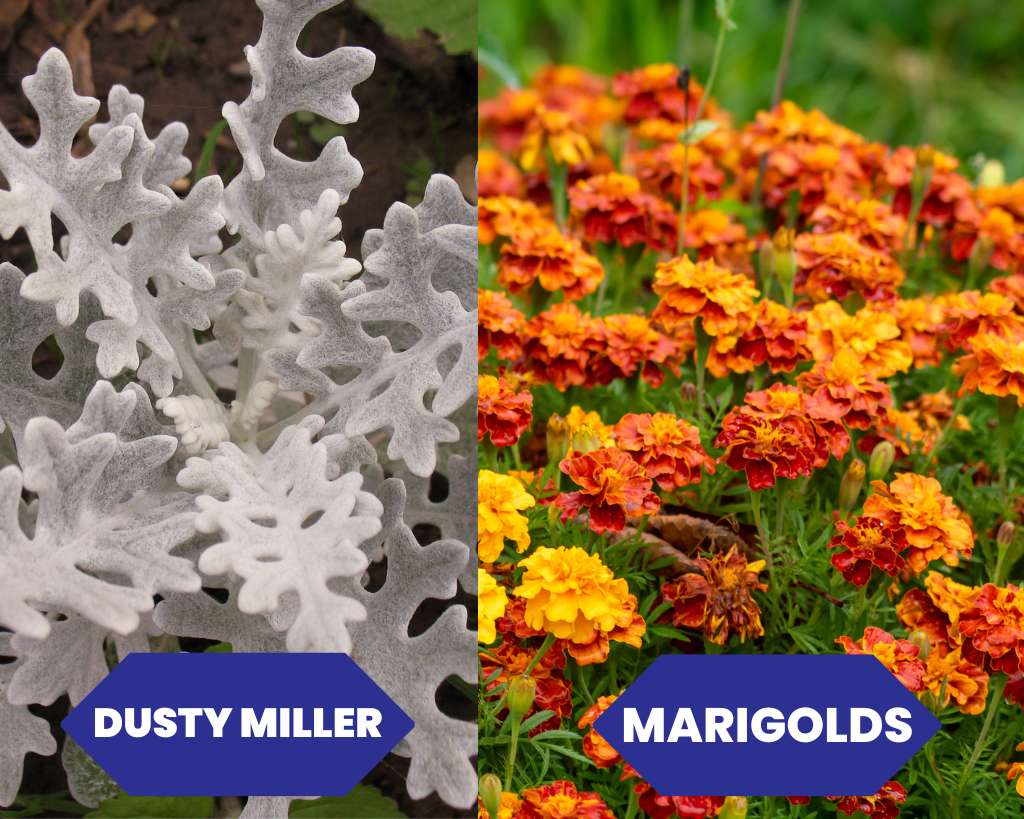
Post a Comment for " Best Dusty Miller Companion Plants"